Morocco has long captivated creative minds with its sensory abundance—a place where visual stimulation, aromatic complexity, and cultural layering create conditions perfect for artistic breakthroughs. Beyond the well-documented inspiration of Marrakech and Fez lie lesser-known environments where artists find themselves immersed in unique conditions that challenge perception and fuel creative development.
These locations offer more than picturesque scenes—they provide transformative experiences where the boundaries between observer and environment dissolve. Here is a list of 15 hidden spots in Morocco where artists find genuine inspiration beyond tourist paths.
Akchour’s Hidden Waterfall, Rif Mountains
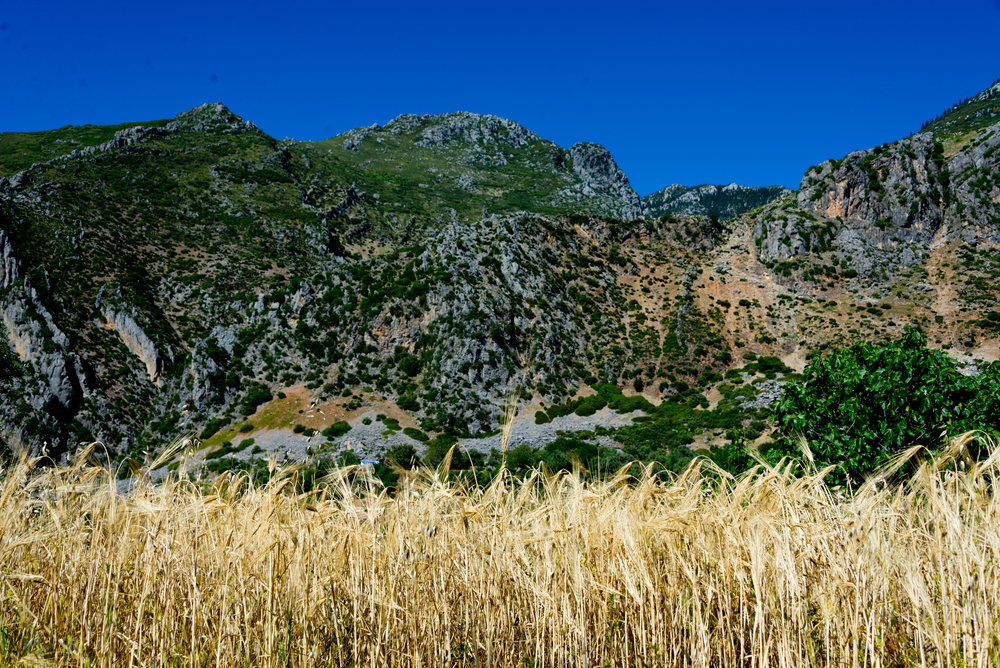
Accessible only through a two-hour hike along the Oued Farda River, this cascade creates a microclimate where light filtered through dense foliage transforms ordinary scenes into ethereal compositions. Painters discover how water mist subtly alters color perception while creating natural prismatic effects as sunlight penetrates the canyon at specific angles.
The journey itself becomes part of the creative process—a gradual transition from everyday consciousness into heightened awareness of subtle environmental details. Several local guides from nearby Chefchaouen village specifically cater to artists, carrying supplies and knowing exactly which rock outcroppings provide stable working surfaces with optimal viewing angles of the falls.
Tafraout’s Blue Rocks, Anti-Atlas Mountains
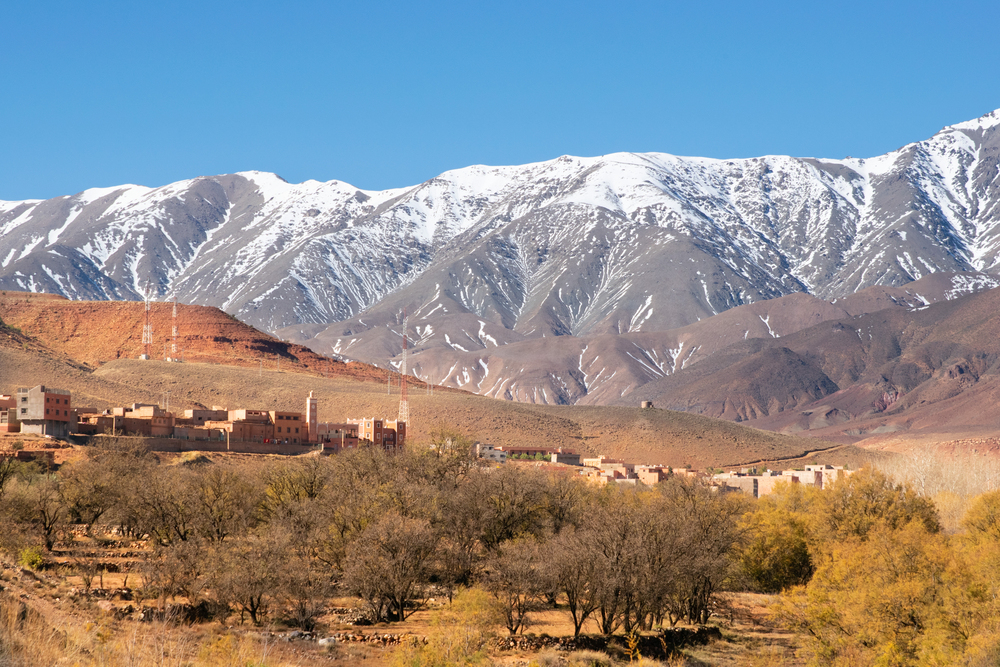
Originally painted blue by Belgian artist Jean Vérame in 1984, these massive granite boulders create a surreal landscape where natural and artistic interventions merge inseparably. Contemporary artists find inspiration in how changing light transforms the artificial color throughout the day, creating opportunities to explore relationships between natural forms and human intervention.
The isolation of the site—reached by rough tracks requiring local guidance—ensures contemplative working conditions rarely found in more accessible locations. Photographers discover how morning and evening light creates dramatic shadows across the painted surfaces, revealing subtle contours invisible during harsh midday conditions.
The surrounding community has embraced its artistic heritage, with several local homes offering studio space with direct views of this remarkable landscape.
Like Travel Pug’s content? Follow us on MSN.
Fint Oasis, Near Ouarzazate
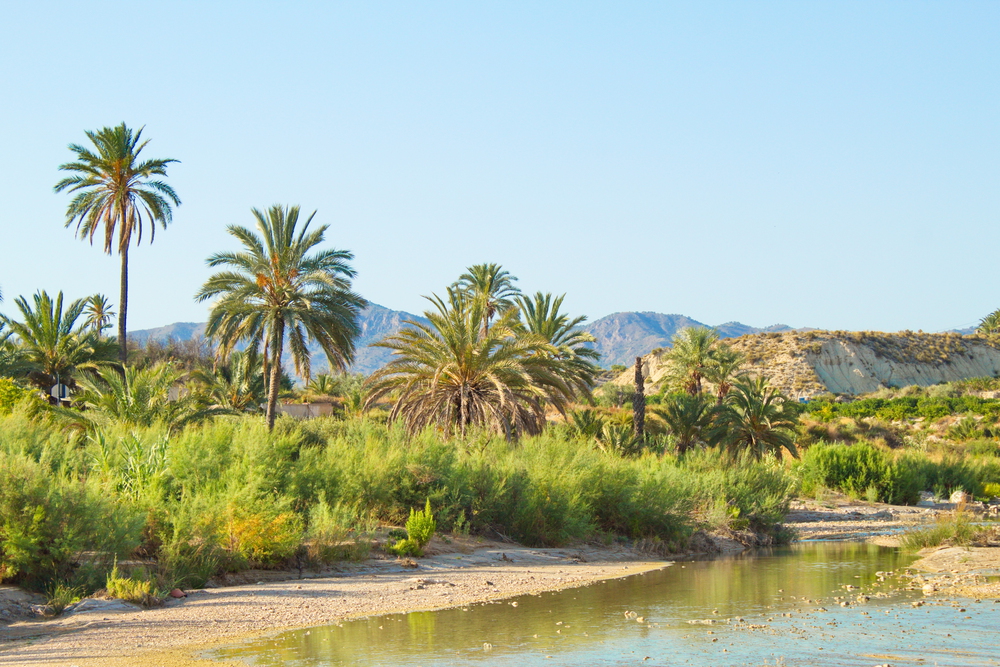
Hidden within a stark lunar landscape, this secluded oasis creates an extraordinary contrast between lush palm groves and surrounding desert expanses. Artists discover how proximity to water transforms light quality, creating softer atmospheric effects that contrast dramatically with the crystalline clarity just meters away on barren slopes.
The traditional mud-brick architecture of the four small villages provides endless compositional possibilities where geometric human elements interact with organic palm forms. Several local families offer room and board specifically for artists seeking extended work periods, with flat rooftops serving as ideal observation platforms for capturing the dramatic transformation of light across the landscape from dawn to dusk.
Ouzoud Waterfall’s Hidden Caves, Middle Atlas
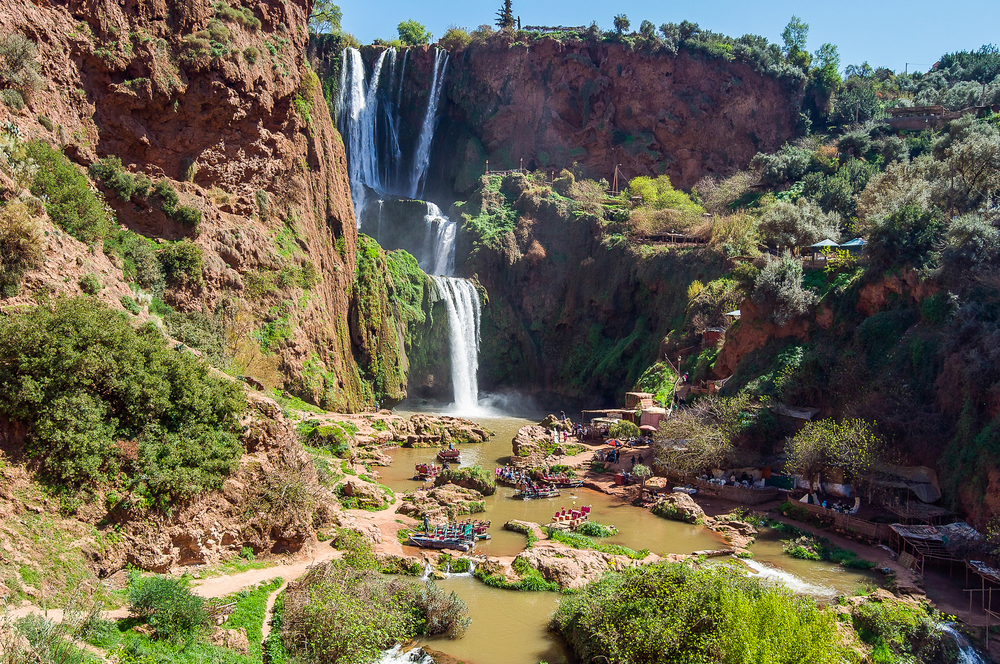
While tourists crowd the main viewing platforms of Morocco’s tallest waterfall, few discover the network of small caves halfway down the cascade, accessible only with local guidance. These spaces create extraordinary sound environments where rushing water generates acoustic effects that have inspired numerous sound artists and composers seeking natural immersion.
Visual artists find fascinating color effects where moss-covered walls reflect green light throughout the cave interiors, creating monochromatic environments that challenge perceptual habits. The negative ions generated by the falling water create conditions many artists describe as enhancing mental clarity and creative flow during extended working sessions.
Maison de la Photographie Archive, Marrakech Medina
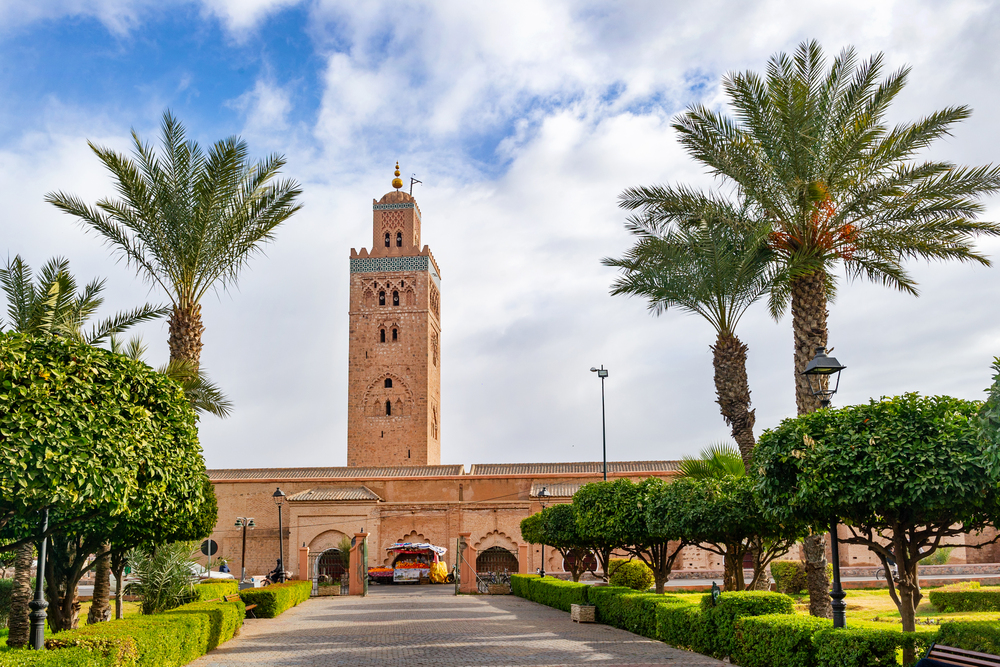
Hidden behind an unassuming doorway in the less-trafficked northern medina, this private collection houses over 8,000 vintage photographs documenting Morocco from 1870-1960. Beyond the exhibition space open to casual visitors, serious researchers, and artists can arrange access to the complete archives—providing unparalleled insight into environmental and cultural transformation across decades.
Contemporary photographers find particular value in studying how early practitioners addressed the unique challenges of capturing Morocco’s high-contrast light conditions using historical techniques. The rooftop café—overlooking an uncommon view of the medina without souvenir shops—has become an informal gathering place where visiting and local artists exchange ideas away from more commercialized cultural spaces.
Like Travel Pug’s content? Follow us on MSN.
Ain Leuh Cedar Forest, Middle Atlas

This ancient cedar ecosystem creates extraordinary working conditions where filtered light through massive trees transforms ordinary scenes into compositions of ethereal mystery. Artists discover how the forest floor, covered in thick moss that muffles sound, creates an environment of sensory focus rarely experienced elsewhere.
The local Amazigh communities maintain traditions of natural pigment production from forest materials, offering workshops where contemporary artists learn techniques developed through centuries of regional practice. Several clearings within the forest feature flat stone outcroppings that serve as ideal working surfaces for painters seeking extended engagement with this remarkable environment where Morocco’s oldest living organisms create a palpable sense of temporal depth.
Tissardmine Artist Residency, Eastern Sahara
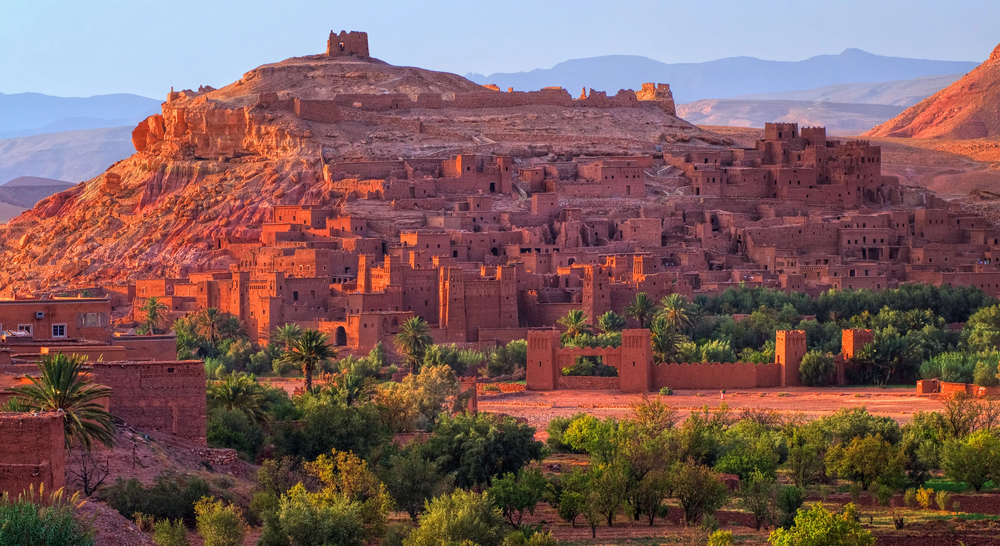
Established in an abandoned mud-brick village on the Sahara’s edge, this artist-run residency provides immersion in desert conditions where perceptual habits developed in more temperate environments undergo necessary transformation. Painters discover how the extraordinary quality of desert light—unfiltered and reflecting from sand surfaces—requires complete recalibration of palette and approach.
The residency structures include traditional skylights that track the sun’s movement throughout the day, creating ever-changing light conditions within otherwise stable interior spaces. Evening programs often feature knowledge exchange with nomadic communities who share traditional creative practices evolved specifically for desert conditions and materials.
Amtoudi Granary, Anti-Atlas Mountains
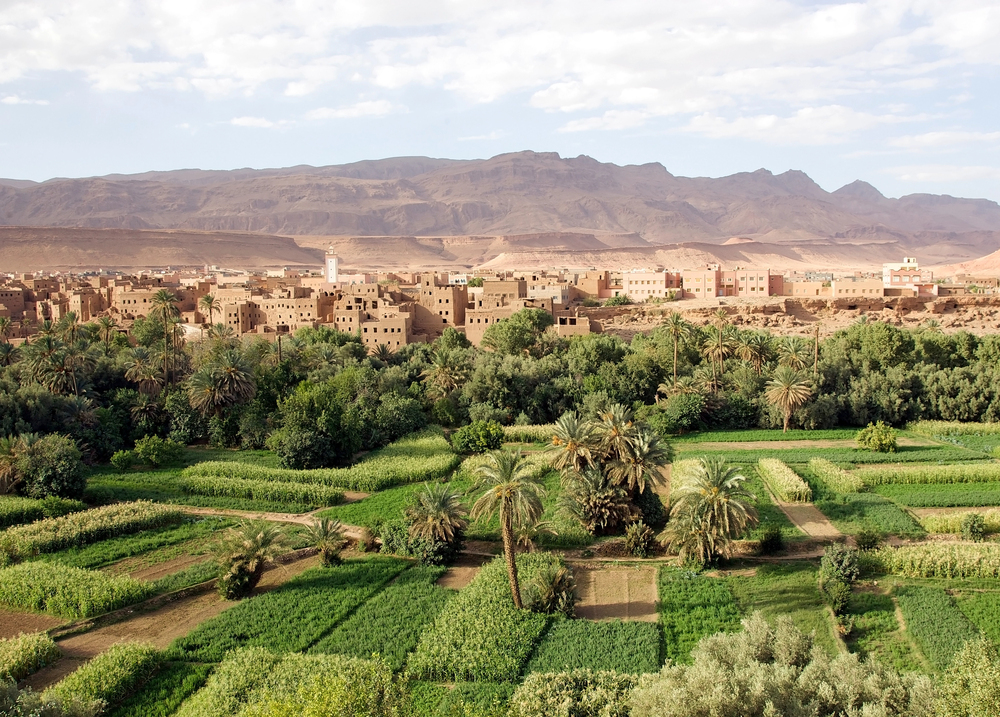
Perched atop a dramatic stone outcropping, this 700-year-old fortified granary creates extraordinary opportunities to explore relationships between architecture and landscape within a site largely unchanged for centuries. Artists discover how traditional builders achieved remarkable harmony between human necessity and environmental conditions through ingenious sustainable design predating modern concepts.
The granary caretaker—maintaining family connections to the structure spanning generations—offers insights into historical building techniques and materials unavailable through academic sources. The surrounding landscape presents stark geological formations where erosion reveals color striations spanning millions of years—natural compositions that have inspired numerous abstract painters to reconsider their approach to color relationships.
Like Travel Pug’s content? Follow us on MSN.
Ecological Gardens of Tiguert, Southern Coast
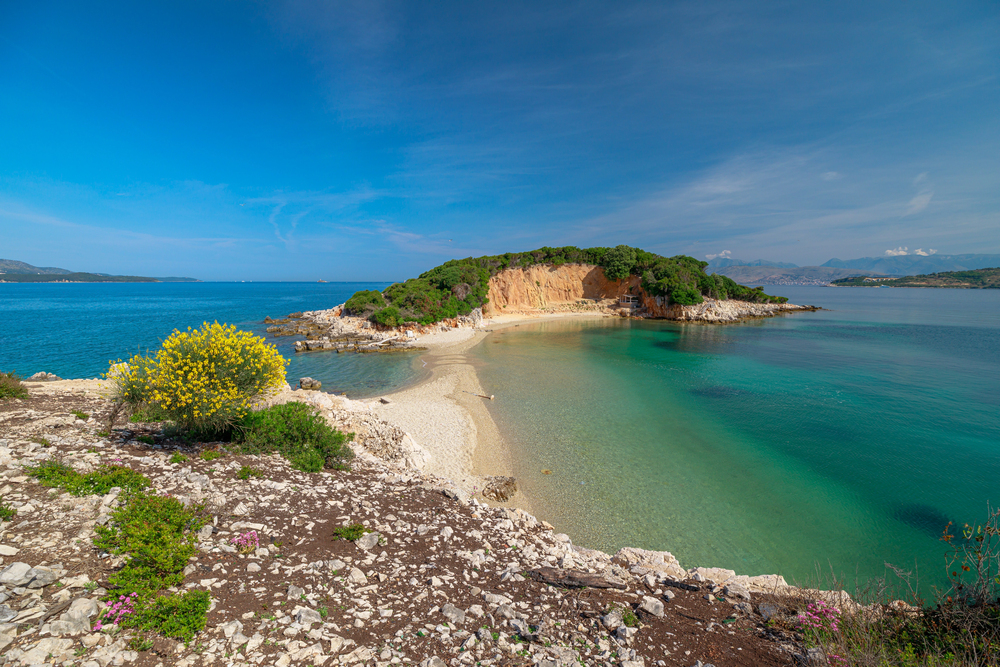
This experimental permaculture project creates extraordinary working environments where artistic practice and environmental regeneration merge seamlessly. Visual artists discover how thoughtful human intervention can enhance rather than diminish natural beauty, with opportunities to document landscape transformation across seasons.
The project includes specialized gardens devoted to natural dye plants used in traditional Moroccan textile production, offering workshops where contemporary artists learn color production techniques predating synthetic pigments. Several small structures built using traditional techniques provide residential studio spaces specifically designed for artists working on environmentally-focused projects, with interiors featuring optimal natural light without solar overheating.
Imouzzer Waterfalls, Paradise Valley
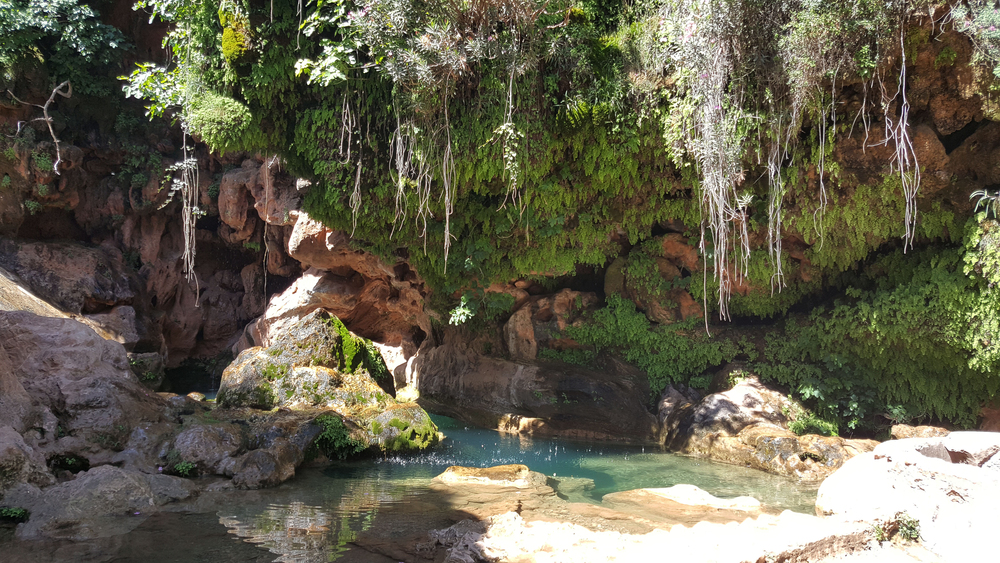
Unlike Morocco’s better-known cascades, these falls create extraordinary painting conditions where water mist generates subtle rainbow effects through most daylight hours. Artists discover how the canyon’s particular geology—featuring dramatic white limestone contrasting with lush vegetation—creates natural compositions where color relationships achieve remarkable intensity.
Local guides familiar with seasonal changes know exactly when water volume creates optimal conditions for different creative approaches, from contemplative flow to dramatic torrents. Several small caves behind the thinner sections of the waterfall provide unique vantage points where artists experience the cascade from within—a perspective generating work distinctly different from more conventional viewpoints.
Jewish Mellah, Essaouira
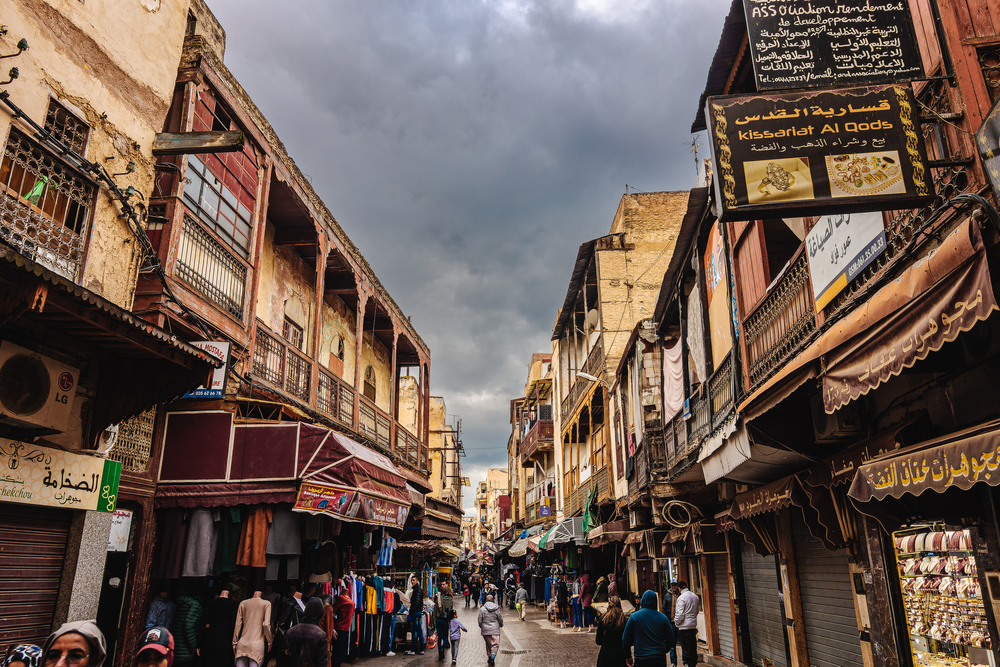
While tourists focus on the port and main medina, this historic Jewish quarter offers extraordinary architectural environments where Moroccan and European influences merge in distinctive ways. Photographers discover how the neighborhood’s unusual arrangement of windows and light wells—designed for specific cultural practices—creates unique natural lighting conditions rarely found elsewhere in Morocco.
The distinctive blue doors and window frames against whitewashed walls provide natural compositions exploring limited color palettes that have influenced numerous minimalist painters. Local preservation initiatives welcome artist involvement, with several restored buildings now functioning as residency spaces where creative practice contributes directly to neighborhood revitalization.
Like Travel Pug’s content? Follow us on MSN.
Tafraoute Women’s Cooperative, Anti-Atlas
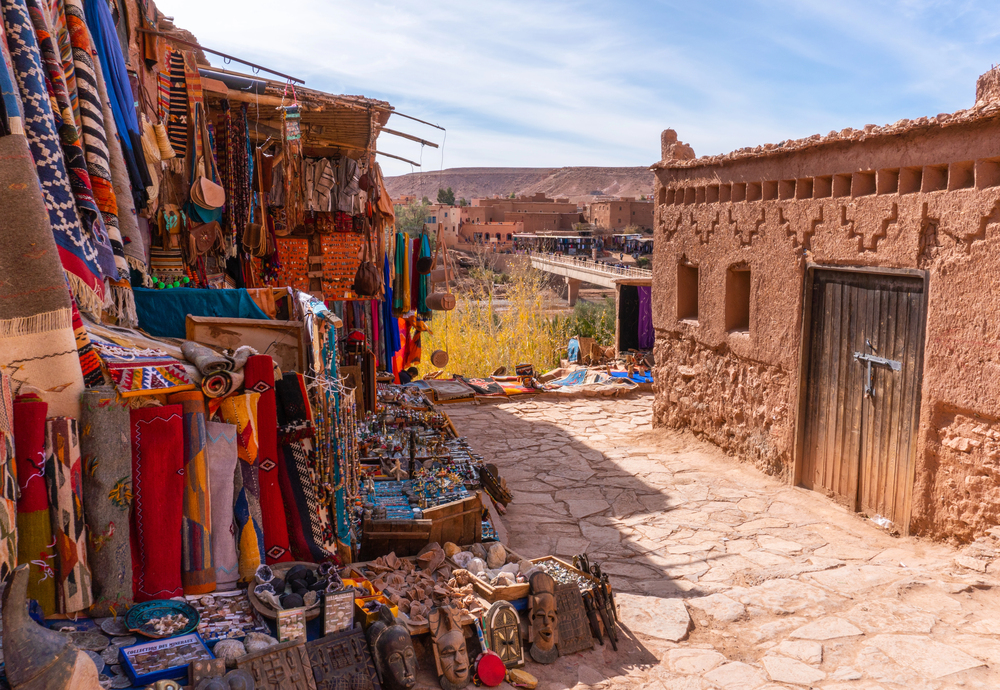
This weaving collective maintains traditional Amazigh textile practices while creating space for contemporary artistic dialogue across cultures. Visiting artists discover how complex mathematical principles underlie seemingly intuitive pattern development in traditional designs, often leading to productive reconsideration of their compositional approaches.
The cooperative specifically welcomes creative exchange rather than mere observation, with members eager to share technical knowledge while remaining open to contemporary adaptations. The workshop space—featuring massive north-facing windows installed during French colonial periods specifically for optimal weaving light—provides ideal conditions for color-focused work across diverse media.
Rissani Fossil Workshops, Ziz Valley
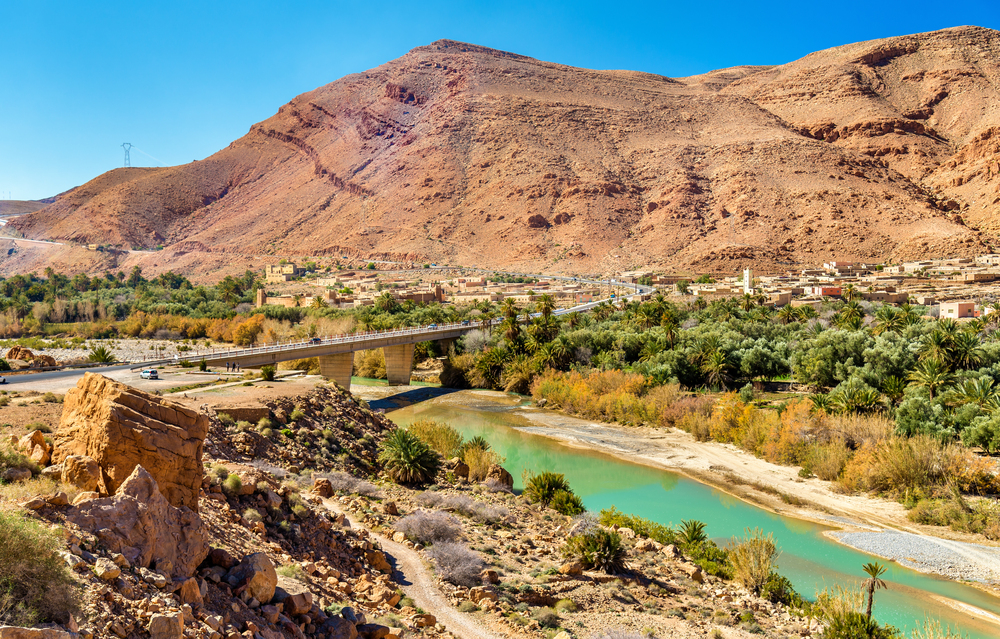
In workshops surrounding this desert town, artisans transform 350-million-year-old marine fossils into functional objects through traditional cutting and polishing techniques. Artists discover how these ancient remains—primarily ammonites embedded in limestone—create natural compositions where mathematical and organic patterns achieve extraordinary harmony.
The cutting process reveals internal spiral structures impossible to appreciate in whole specimens, with cross-sections demonstrating natural golden ratio relationships that have influenced numerous contemporary sculptors. Several workshop owners welcome visiting artists for extended observation periods, offering insights into how material knowledge developed through generations of specialized practice rather than formal education.
Skoura Palmeraie, Draa Valley
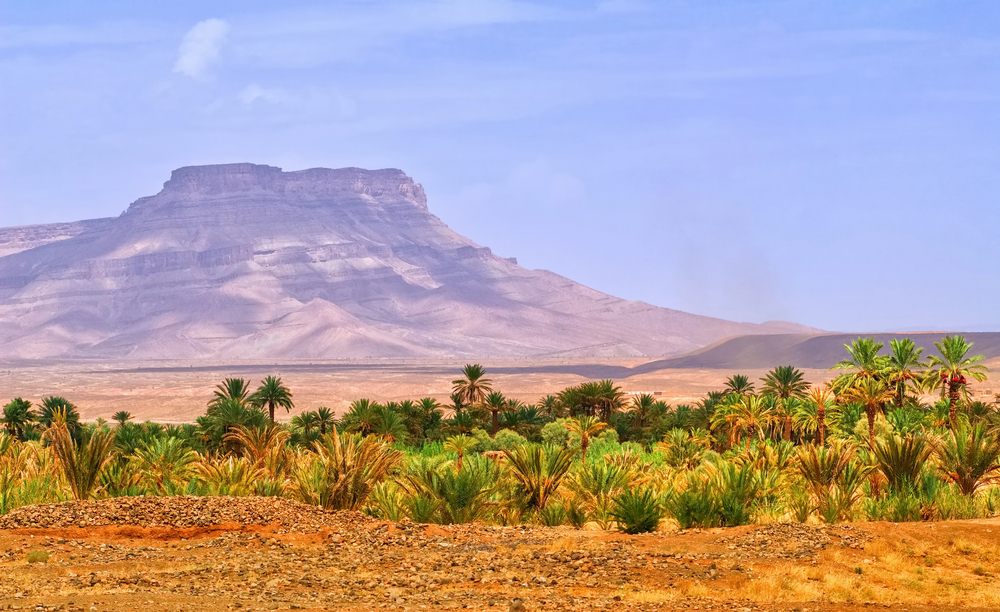
This ancient cultivated oasis creates extraordinary working environments where complex irrigation systems sustain lush gardens within an otherwise harsh desert landscape. Artists discover how palm shade generates constantly shifting patterns across mud-brick structures, creating natural compositions that transform hourly with the sun’s movement.
The interplay between cultivated gardens and wild palm groves demonstrates how human intervention can enhance rather than diminish natural beauty when developed through centuries of careful observation. Several historic kasbahs within the palmeraie now function as artist residencies, with rooftop studios providing panoramic views across this remarkable cultural landscape where agricultural practice has remained essentially unchanged for a millennium.
Like Travel Pug’s content? Follow us on MSN.
Timiderte Village, Draa Valley
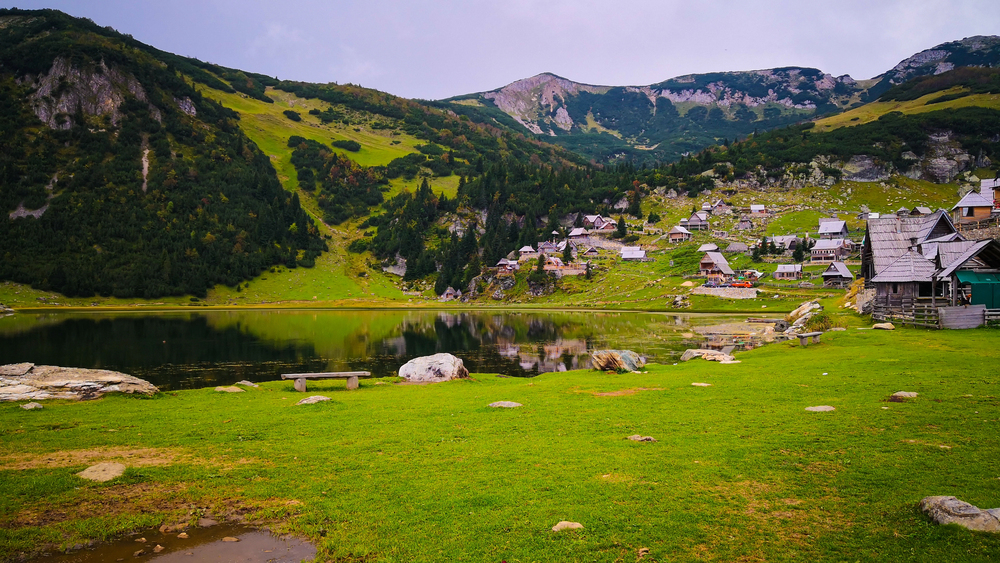
This remote settlement, constructed entirely from local materials, demonstrates how environmental limitations can generate extraordinary architectural solutions and aesthetic harmony. Artists discover how necessity-driven design achieves remarkable beauty through material consistency and structural ingenuity, responding directly to environmental conditions.
The village’s particular orientation—developed through generations of climate observation—creates exceptional natural lighting within interior spaces, with indirect illumination eliminating harsh shadows while maintaining sufficient brightness for detailed work. Several families welcome artists for extended stays, providing genuine cultural exchange rather than performative demonstrations typical of more tourist-oriented communities.
Creative Alchemy
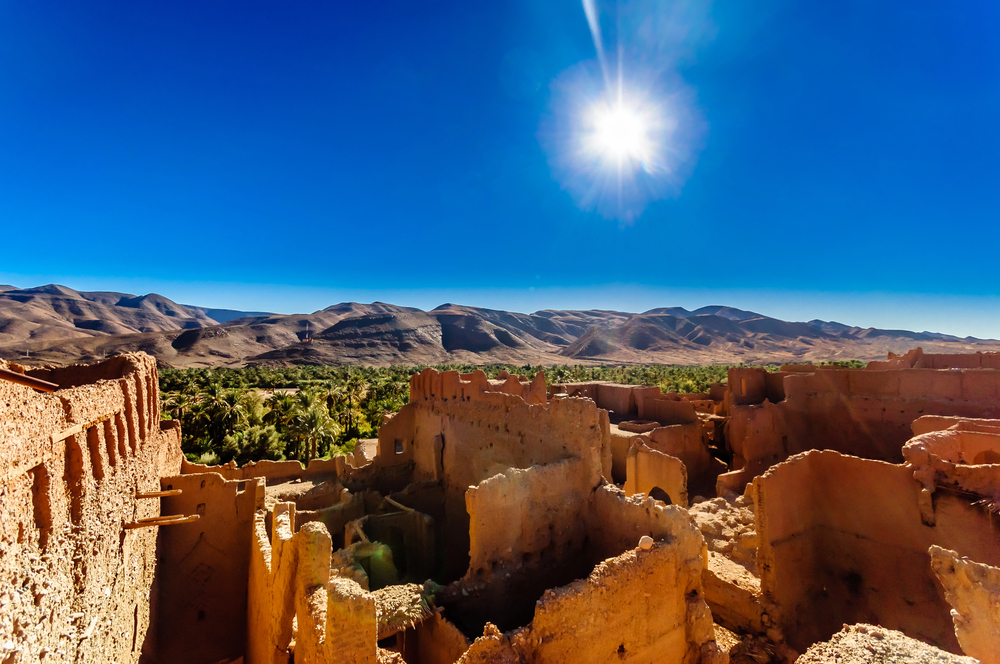
These Moroccan environments offer more than exotic backdrops—they provide conditions where perception itself transforms immersion in unfamiliar sensory experiences. The particular quality of light, distinctive architectural solutions, and cultural contexts, unlike those found in Western creative traditions, create opportunities for genuine artistic breakthroughs.
What distinguishes these locations from more familiar creative retreats is their capacity to challenge fundamental assumptions about how we see and process visual information. For artists willing to embrace temporary disorientation as a pathway to fresh vision, these hidden Moroccan spots offer rare opportunities to experience creativity as a response to direct environmental dialogue rather than mere self-expression.
More from Travel Pug

- Cities Growing so Fast You Won’t Recognize Them in 10 Years
- 13 Destinations Where Tourists Regularly Regret Their Trip
- 20 Obscure WWII Sites Even History Buffs Don’t Know About
- 10 Under-the-Radar Mountain Towns That Are Both Affordable and Beautiful
- Remote Villages in Europe Where You Can Live for Free in Exchange for Work
Like Travel Pug’s content? Follow us on MSN.
